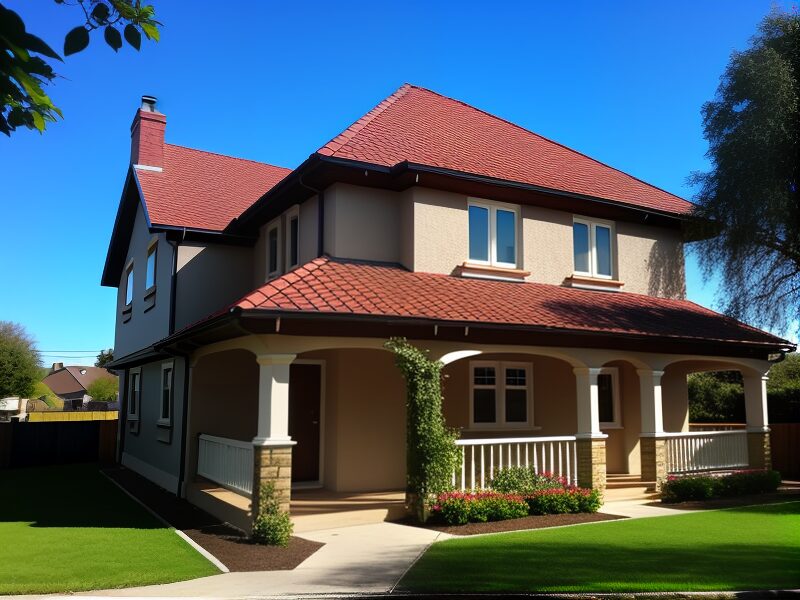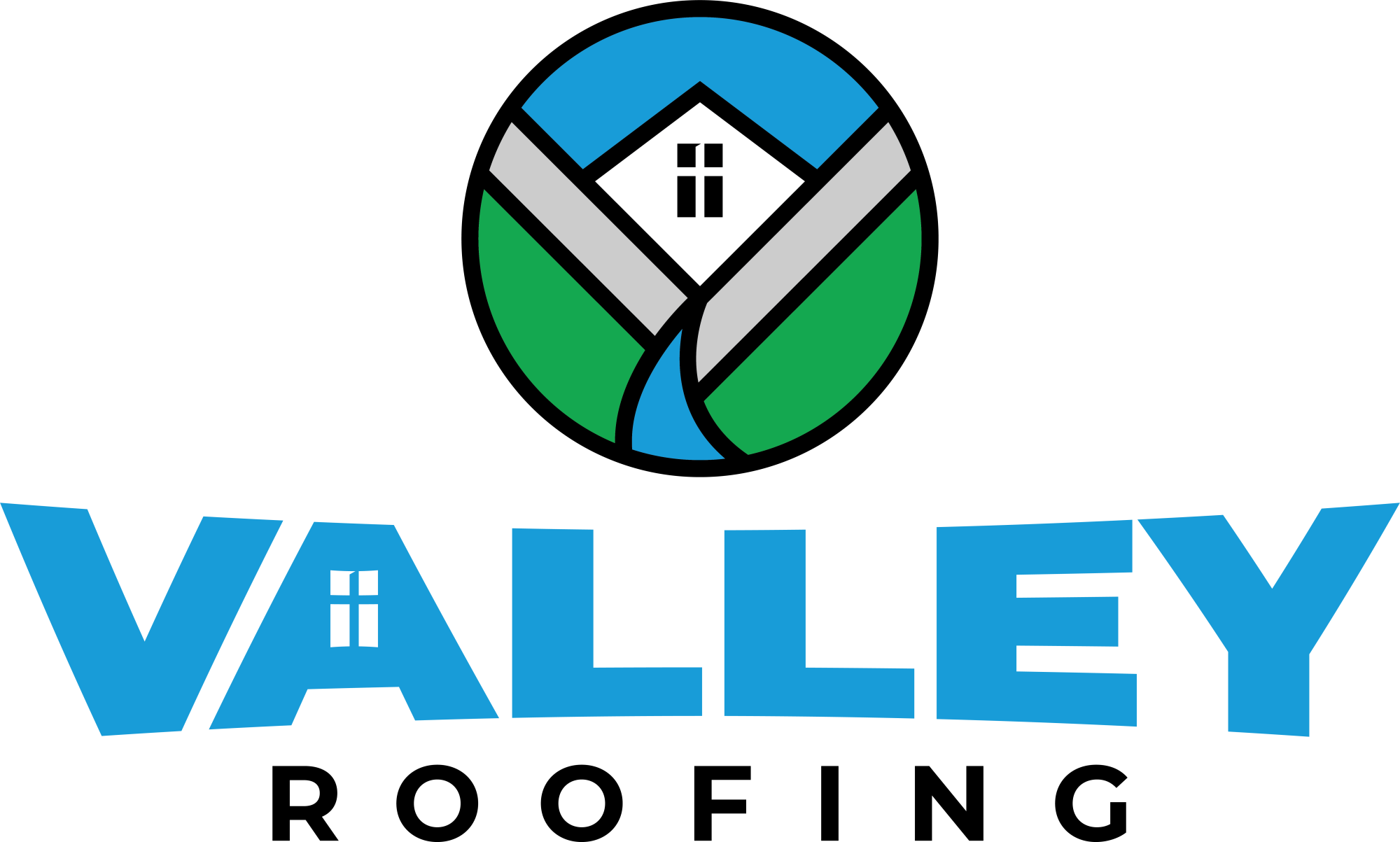Why Proper Roof Ventilation & Underlayment Matter in the Willamette Valley
If you live in Oregon’s Willamette Valley, you may already know how harsh our weather can be on a roof. Constant rain, damp winters, the occasional freeze, and humid summers all create the perfect storm for roofing problems. That’s why proper roof ventilation and underlayment are more important in our region than most realize. These two components might not be visible from the curb, but they’re essential for protecting your roof.
At Valley Roofing, we’ve seen firsthand how the proper underlayment and ventilation system can make the difference between a roof that lasts 30 years and one that fails after only 10. In this post, we’ll break down why these elements are so crucial, what can go wrong if ignored, and how you can ensure you have a roof built to withstand our unique climate.
The Willamette Valley’s Effect on Roofs
Our region’s fertile farmland and vineyards thrive thanks to wet winters and mild summers. However, those same conditions put your roof under constant stress. Here are the biggest culprits:
Long, rainy seasons: Months of steady moisture increase the likelihood of leaks, moss growth, and rot. This increase is especially noticeable on older or poorly maintained roofs.
Persistent Humidity: Even when the skies clear, damp air lingers and can create condensation in attics if not managed.
Freeze-Thaw Cycles: Cold nights followed by warmer days cause water to expand and contract, loosening shingles and forming ice dams.
Moss & Algae: Shady areas become hotspots for moss, which can lift shingles and shorten the roof’s lifespan.
Without the right protective systems in place, homes in Salem, Albany, Corvallis, and surrounding towns are far more vulnerable to early roof damage.
What Is Underlayment?
It’s a protective sheet installed directly over the deck, beneath your roofing material. Think of it as a backup plan—if shingles are damaged or blown off, underlayment steps in.
The Role of Roof Underlayment
Shingles or metal panels may be the star of the show, but underlayment is the behind-the-scenes layer that keeps water from ever reaching your roof deck.
Types of Underlayment
- Felt Paper (Traditional): An older, asphalt-based option that offers basic protection but doesn’t hold up well in our damp climate.
- Synthetic Underlayment (Preferred): Tear-resistant, lightweight, and water-repellent. Engineered to withstand long wet seasons.
- Ice & Water Shield: A peel-and-stick membrane that provides watertight protection in high-risk spots like valleys and roof edges.
Why It’s Essential Here
- Blocks Leaks: Guards against wind-driven rain.
- Prevents Mold: Stops moisture from seeping into the decking.
- Extends Roof Life: Adds a second layer of defense for decades of protection.
Spotlight on Ice & Water Shields
One of the most overlooked parts of a roofing system is the ice & water shield, and in the valley, it’s a game-changer.
How It Works
- Creates a watertight seal in vulnerable areas.
- Protects valleys, eaves, skylights, and chimneys where water tends to collect.
- Stays flexible even during winter freezes.
Why It Matters Locally
While heavy snow isn’t typical here, shaded roofs and cooler pockets of the valley often see ice buildup and standing water. When paired with constant rain, these spots become prime candidates for leaks. That’s why every Valley Roofing installation includes an ice & water shield where it’s needed most.
The Importance of Reasonable Roof Ventilation
Ventilation is the system that keeps your roof balanced. Without proper airflow, your attic becomes a moisture trap. It’s the balance of air intake (usually through soffits) and exhaust (ridge or gable vents) that allows your roof to “breathe.”
The Benefits
- Moisture Control prevents condensation, which can lead to mold and wood rot.
- Temperature Regulation, because it helps keep attic spaces stable year-round.
- Energy Savings reduce strain on HVAC systems and lower bills.
- A longer roof life because it keeps shingles from overheating or deteriorating too soon.
Why It’s Vital Here
In hotter states, ventilation is all about cooling. Here, it’s about keeping your attic dry during months of damp air and rainfall.
Attic Moisture Control
Moisture buildup in the attic can be destructive if not addressed promptly. Warning signs include:
- Musty odors upstairs or in storage areas.
- Water stains on the insulation or the rafters.
- Frost under the roof deck in cold weather.
- An increase in utility bills.
With both proper underlayment and ventilation, these issues can be reduced dramatically, protecting both your home’s structure and your health.
What Happens When It’s Done Wrong?
Too often, we see valley roofs suffer because the previous contractor took shortcuts. Mistakes include:
- No Underlayment: Leaving the roof deck bare.
- Cheap Felt Instead of Synthetic: Tears easily and deteriorates quickly.
- Blocked Vents: Insulation pushed too far into soffits.
- Improper Ice & Water Shield Placement: Gaps that let water seep in.
The Consequences
- Costly leaks during winter rains.
- Mold and mildew growth.
- Voided warranties from manufacturers.
- A roof’s lifespan is cut in half.
What This Means for You
Underlayment and ventilation are essentials for both residential and commercial roofing systems. For Homeowners, these elements guard your biggest investment against leaks, enhance indoor comfort, lower energy costs, and help prevent unexpected repairs. For business owners, they protect assets like inventory and tenant spaces, prevent water damage, and help you save in the long term with a durable roofing system.
Why Work with Valley Roofing?
At Valley Roofing, every installation includes:
- Durable synthetic underlayment.
- Properly placed ice & water shields.
- A ventilation system tailored to your property.
Our team has spent decades building reliable roofing systems across Salem and the Willamette Valley. We don’t cut corners, because your roof is too important. Additionally, we back our work with our workmanship guarantee and offer flexible financing options to make roof replacement more accessible.
Protecting Your Roof in the Willamette Valley
Here in the valley, with its long rainy seasons and damp winters, proper roof ventilation and underlayment are crucial for long-lasting protection. Together, they keep moisture out, regulate temperature, and safeguard your investment.
Is your roof showing signs of moisture problems, aging, or just overdue for a much-needed inspection? Don’t wait until leaks and other issues appear. Contact Valley Roofing today for a professional roof inspection and peace of mind that your home or business is ready for whatever the Willamette Valley skies bring.
What Our Clients Say
Carrie Corcoran
Keith I.


0 Comments